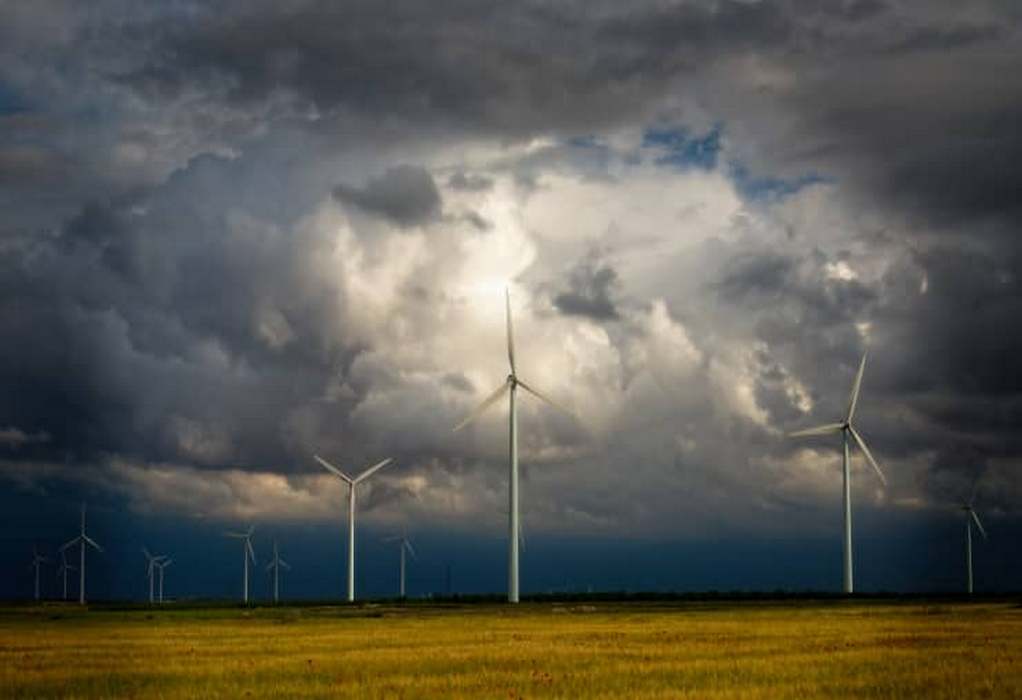Plans for a huge project aiming to produce green hydrogen and ammonia have been announced, with those behind it hoping construction of the first phase will begin in late 2023.
On Tuesday, Copenhagen Infrastructure Partners announced details of a partnership with Spanish companies Naturgy, Enagás and Fertiberia. Vestas, the Danish wind turbine manufacturer, is also involved.
The firms will work together on Catalina Phase I, which will be made up of 1.7 gigawatts of wind and solar in Aragon, northeast Spain, and a 500-megawatt electrolyzer able to generate more than 40,000 tons of green hydrogen annually.
A pipeline will link Aragon with Valencia in the east of Spain, sending the hydrogen to a green ammonia facility. CIP said this ammonia would then be “upgraded” into fertilizer.
Project Catalina will eventually look to develop a total of 5 GW of combined wind and solar, producing green hydrogen using a 2 GW electrolyzer.
The scale of the overall development is considerable. “Once fully implemented, Catalina will produce enough green hydrogen to supply 30% of Spain’s current hydrogen demand,” CIP said.
Details relating to the financing of the initiative have not been revealed. CIP did say, however, that Project Catalina would make what it called a “significant contribution” to Spain’s Recovery, Transformation and Resilience Plan, or PERTE, on renewable energy, renewable hydrogen and storage.
In Dec. 2021, the Spanish government said PERTE would mobilize resources amounting to 16.37 billion euros, around $18.54 billion. According to authorities there, the private sector will supply 9.45 billion euros, with 6.92 billion euros coming from Spain’s Recovery, Transformation and Resilience Plan.
Hydrogen has a diverse range of applications and can be deployed in a wide range of industries. It can be produced in a number of ways. One method includes using electrolysis, with an electric current splitting water into oxygen and hydrogen.
If the electricity used in this process comes from a renewable source such as wind or solar then some call it green or renewable hydrogen.
Over the past few years, a number of firms have undertaken projects related to green hydrogen. Just last week, energy major Shell said a 20 megawatt hydrogen electrolyzer described as “one of the world’s largest” had begun operations.
In Dec. 2021, Iberdrola and H2 Green Steel said they would partner and develop a 2.3 billion euro project centered around a green hydrogen facility with an electrolysis capacity of 1 gigawatt.
While there is excitement in some quarters about green hydrogen’s potential, the vast majority of hydrogen generation is currently based on fossil fuels.
In recent times, some business leaders have spoken of the issues they felt were facing the emerging green hydrogen sector. Last October, for example, the CEO of Siemens Energy told CNBC there was “no commercial case” for it at this moment in time.
And in July 2021, a briefing from the World Energy Council said low-carbon hydrogen was not currently “cost-competitive with other energy supplies in most applications and locations.” It added that the situation was unlikely to change unless there was “significant support to bridge the price gap.”
The analysis — which was put together in collaboration with PwC and the US Electric Power Research Institute — raised the question of where funding for such support would come from, but also pointed to the increasing profile of the sector and the positive effect this could have.
For its part, the European Commission has laid out plans to install 40 GW of renewable hydrogen electrolyzer capacity in the European Union by the year 2030.
Source: CNBC
Tags: Danish Energy, Green Hydrogen, Vestas



Recent Posts
Wärtsilä to Power USA’s First All-Electric High-Speed Ferries in San Francisco Bay
ABS and Pusan National University Chart a Course for Liquid Hydrogen Shipping
RIC Energy and Siemens Partner to Advance Green Hydrogen and E-Fuels Projects in Spain
Moeve to Supply 40,000 Tons of 2G Marine Biofuel to Grupo Armas Trasmediterránea in Canary Islands
Smart Green Shipping Completes Successful Sea Trials of Wind-Assisted Propulsion System
CMA CGM Unveils Vietnam’s First Fully Electric River Barge in Collaboration with NIKE
Vietnam and France Join Forces to Explore Green Hydrogen for Remote Islands
Port of Rotterdam Tests Electric Hydrofoil Vessel in Push for Sustainable Operations